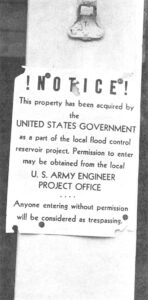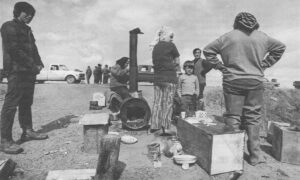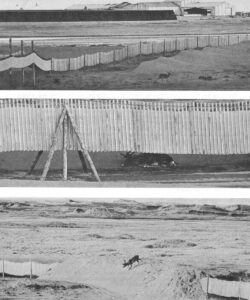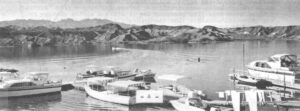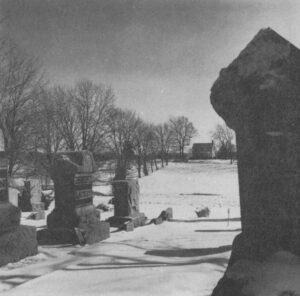
New Burlington, Ohio: When a Town Dies
The High and Waiting Ground – Part I & II
March 30, 1973 The High And Waiting Ground – Part I Frank Robinson’s house is on one hill, the graveyard is on another, although half a mile away. To get to his work he walks, but everyone knows him and most of the time he

